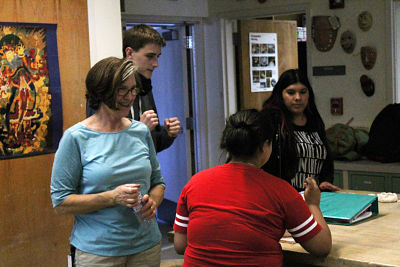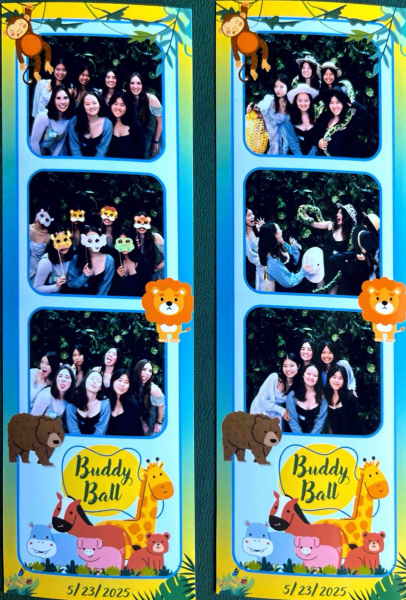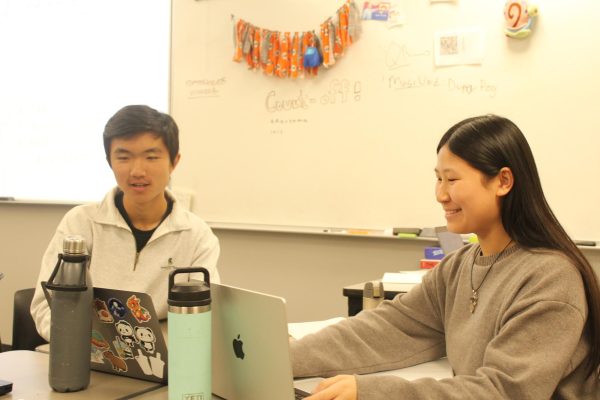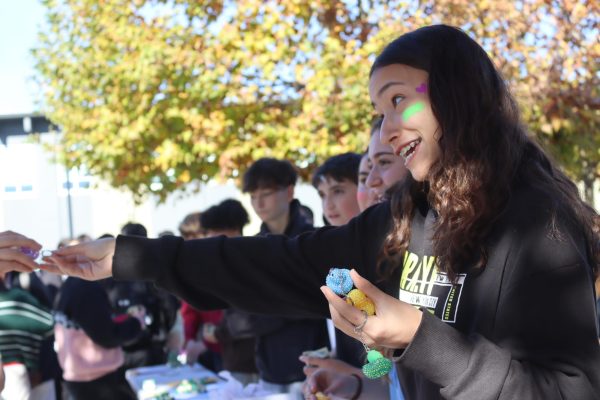Art department requires show attendance
Art students attendance made mandatory to increase attendance

Katie Schiltz instructs her ceramics class.
A
s 3D-Design teacher Clare Dee sat in the nearly empty auditorium during a play she was chaperoning, she said she could not help but think of the packed bleachers and energetic crowd of the football game she had recently attended.
Determined to make a change, Dee met with the other art department teachers, who decided to begin requiring students to attend one visual or performing art even during the year for credit as a way to attract more students.
“Whether it’s music or an art show or theatre, they gain an appreciation for what their peers can do,” Dee said.
The requirement, which has now been in place for three years, requires students to either get a ticket signed as proof of attendance or take a selfie at the event.
Katie Schiltz, who teaches ceramics, said she believes the requirement forces students to break out of their comfort zones and become more involved with the school community.
“I think it broadens their scope and understanding and appreciation of the arts and their fellow students,” Schiltz said.
In addition to requiring attendance at a show, once a year Schiltz takes her classes to view art at De Anza College to encourage further respect for the arts, a trip she said many of her student enjoy.
Another benefit both teachers credit to the program is offering students a new perspective on their classmates involved in the productions.
Dee said she hopes one student attend a show who came back amazed by the acting skills of a classmate they had only before seen as a quiet person in their math class.
In order to receive credit, Dee said, students must attend a paid or free event on campus, as well as write a short description afterword. While the assignment is not a huge factor in the final grade, both teachers said they believe it serves an important purpose in artistic growth.
“Culture is an important part of our social environment as we grow up,” Schiltz said. “We need to be able to cultivate students to appreciate the arts.”







